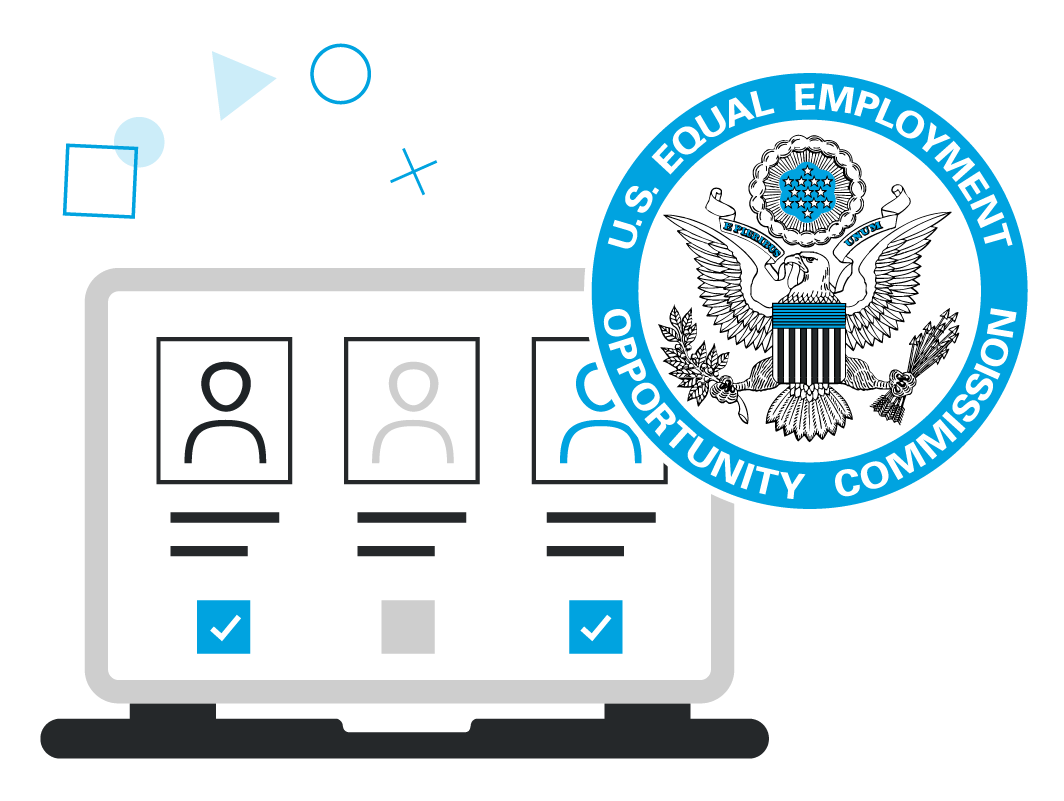
![]()
Sterling Jewelers is facing consequences for potentially wrongfully handling a class action lawsuit regarding gender discrimination with the Equal Employment Opportunity Commission (EEOC).
The case dates back to 2008 when a group of Sterling employees alleged that their employer discriminated against female employees on the basis of pay and promotion opportunities. By 2015, the class action lawsuit expanded to include nearly 44,000 employees. As of 2019, the case now includes upwards of 70,000 female employees.
In the case, the “EEOC alleges that Sterling Jewelers glass ceiling discrimination affected more than just one or a handful of employee; the promotion and compensation discrimination towards female sales employees constituted a pattern of practice (similar to a class action) of gender discrimination.” according to an article by the National Law Review. “The EEOC claimed that this pattern of practice of promotion and compensation discrimination violated Title VII of the Civil Rights Act.”
The case is currently being handled through private arbitration, but a recent ruling made by the U.S. Court of Appeals for the Second Circuits found that the arbitration may have excluded absent employees entitled to class action resolution based on a potentially inaccurate interpretation of the arbitration clause. The case has been sent back to the District Court for arbitration determination.
The current agreement does not require Sterling to pay damages to affected employees but could potentially at a later time. In the meantime, Sterling will need to revise their internal practices to ensure no additional pay disparities are created.
This case brings to light the importance of documenting pay practices within an organization. Employers should be mindful of how they document criteria for executing promotions within their organization. Additionally, pay disparities between employees need to have legitimate reasons such as education, experience level, or other job related factors.
Employers should also be careful about how they establish starting pay salaries for employees as a number of states and cities across the U.S. have enacted salary history bans which work to prevent from perpetuating the gender wage gap by preventing employers from relying on previous wage earnings as a way of determining wage gap.
Employers looking to take a proactive approach to pay equity should consider a comprehensive pay equity audit. A pay equity audit is the best place to start to understand what your company is doing right, and where it can improve, before regulatory investigations, employee lawsuits and investor actions that require you to provide this information.
Now is the time to join the movement if you haven’t already as pay equity issues are continuing on both a state and federal level. Employers are encouraged to take a proactive approach to the situation by undergoing a pay equity audit.
Learn how a pay equity audit has affected other organizations in a report by Harvard Business Review Analytic Services, done in association with Trusaic by clicking here.



